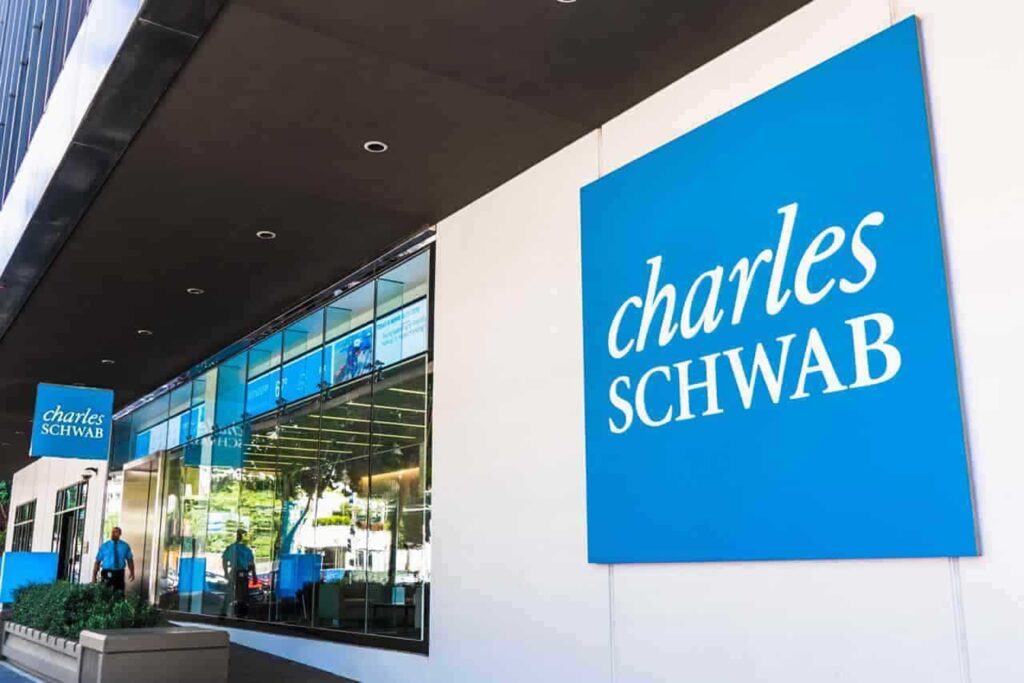Charles Schwab‘s first-quarter financial results surpassed Wall Street predictions, driven by an increase in asset management fees and record-high client assets.
The firm’s shares rose approximately 3% following the announcement on Monday.
Despite the positive revenue performance, Schwab’s profit declined by 15% to $1.36 billion, attributed to higher interest expenses on client deposits and corporate borrowing.
CEO Walt Bettinger highlighted the company’s success in attracting new assets, stating, “Against an improved macroeconomic backdrop, clients entrusted us with $96 billion in core net new assets – including $45 billion in March alone.”
The resurgence in market conditions has been beneficial for brokerages, enhancing the value of managed assets and thereby increasing the fees they can collect.
This dynamic contributed to Schwab, based in Westlake, Texas, witnessing a 20% year-on-year increase in total client assets, reaching an unprecedented $9.1 trillion.
Revenue from asset management and administration fees, which include earnings from mutual funds and exchange-traded funds management, rose by 21% to $1.35 billion.
For the quarter ending March 31, Schwab reported a revenue of $4.74 billion, which exceeded analysts’ expectations of $4.71 billion based on LSEG data.
However, its adjusted earnings per share for common stockholders were 74 cents, down from 93 cents the previous year.
The rising interest rates set by the U.S. Federal Reserve have pushed financial institutions like Schwab to offer higher interest rates on deposits.
These deposits serve as a vital capital source for investments in interest-earning assets and loans.
In addition, Schwab has increased its debt levels to strengthen its funding, which has adversely impacted its interest income.
Net interest revenue, which represents the difference between interest earned on assets and interest paid out on liabilities, decreased by 19% to $2.23 billion.
During the quarter, Schwab paid an average interest of 1.35% on deposits, a significant rise from 0.73% in the previous year.
Moreover, the interest rate on its borrowings from the Federal Home Loan Bank increased to 5.27% from 5.05% a year earlier.
